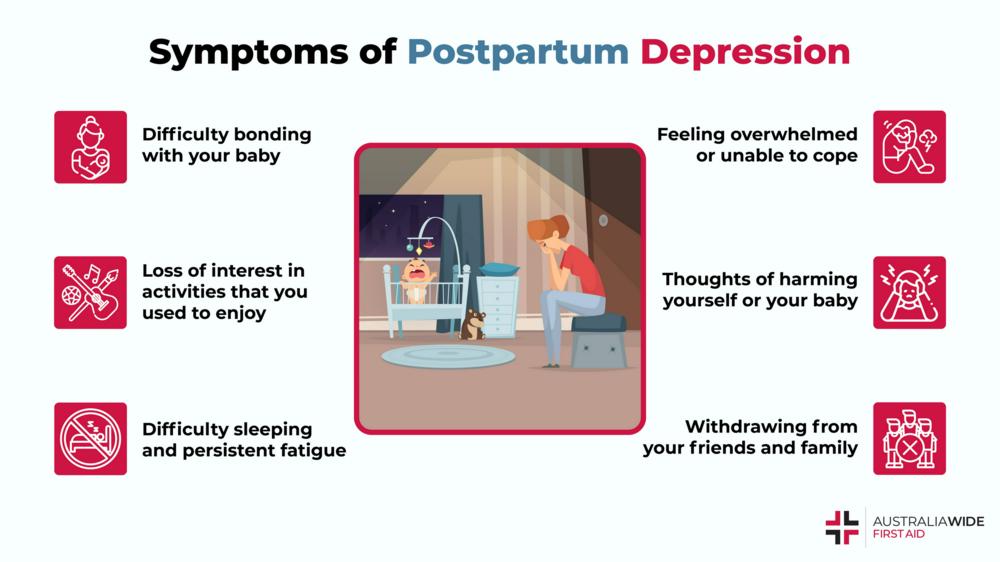Introduction
Mental health problems are a significant consequence of any experience in a person’s life. Postpartum depression is one of the consequences that can develop in women due to the birth of a child. In the story “The Yellow Wallpaper” by Charlotte Perkins Gilman, one can find many parallel connections with this problem. In this regard, it is essential to consider how this story relates to the problem of postpartum depression.
Isolation and Confinement
The main factor that connects the work in question with postpartum depression is the feeling of isolation and confinement that a woman may experience. This theme permeates the entire story as the main character faces this situation where her husband, John, isolates his wife from the world and her child (Gilman, 1981, p. 648). He does this because he sees her depressed mental state, but even as a doctor, he does not take the problem seriously. Such a dismissive attitude towards women’s issues was typical, as people believed that sadness could be cured by simple rest. This is correlated with postpartum depression, as it can cause women to experience feelings of detachment and isolation(Slomian et al., 2019).
However, as in the story, in this case, without competent psychiatric intervention, the condition can only begin to worsen more. The forced isolation that is shown in the story reflects societal attitudes and stigma towards people who experience mental problems (Dawson & Mack,2023). Thus, postpartum depression should be addressed promptly to avoid negative consequences for the mother and the child.
Suppressed Emotions

A suppressed emotional state is another aspect that links postpartum depression to the story of “The Yellow Wallpaper.” The psychological state can directly affect how a person perceives himself and the world around him. Thus, with a strong suppression of a person’s emotions, various failures can occur related to the attitude toward people and towards their own children (Slomian et al., 2019). The condition of the story’s main character is aggravated by the fact that her husband forbids her from showing any emotions, as he is afraid that this may worsen her condition (Gilman, 1981,p. 649).
However, such chosen violent treatment and attempts to correct the situation lead to a worsening of the situation. This is a link between the book and postpartum depression, as women who begin to hold back their emotions and are unwilling to accept help and treatment can worsen their mental state. As Figure 1 shows, mothers may feel that they are unwilling and unable to further discuss their condition and attitude towards the child due to suppression of emotions.
Blur of Reality
In the story, the yellow wallpaper symbolizes the deteriorating condition of the main character, who gradually begins to go wild after spending a long time in isolation and without communication with people. Instead, the woman begins to obsess over the patterns she sees on the wallpaper, which leads her to obsessive thoughts and paranoia. Moreover, she begins to see in them a reflection of herself as a woman locked in the wallpaper. The obsessive or paranoid thoughts that the female protagonist develops are another linking factor that connects “The Yellow Wallpaper” to postpartum depression (Slomian et al., 2019).
In the same way, the main character’s belief that a woman lives in the wallpaper can affect the mental state of mothers who develop a depressive state (Gilman, 1981, p. 653). Blurring the understanding of reality is dangerous because it can bring significant negative consequences that can further affect their attitude toward the child. Emotional stress and lack of awareness of where reality is and where illusion is a distinctive feature of both the story in question and the condition that women experience with postpartum depression.
Loss of Identity
Emotional burnout, isolation from society, and blurred perception of the natural world can lead to the fact that a person begins to lose identity. In the story, the main character experiences a constant deterioration in her condition, as a result of which she ceases to be aware of herself as a whole person, and it seems to her that she herself is in wallpaper with that woman (Gilman, 1981, p. 654). This echoes the feelings that come with postpartum depression when mothers begin to experience hormonal imbalances or life circumstances after having a baby. Motherhood can significantly affect a person’s identity, leading to a blurring of the perception of oneself as a person after a significant period of life as a pregnancy ends.
Thus, changes occurring in a woman’s psychological state can affect how a person feels about their life goals or their deprivation (Slomian et al., 2019). In the story, the heroine faced the problem of detachment from the world because of her husband, which led to a deterioration in her condition and an increase in the feeling of uselessness and lack of life goals. The same problems may appear after childbirth, which links this condition with the one described in the story.
Conclusion
Charlotte Perkins Gilman’s story “The Yellow Wallpaper” shows how complex acquired psychological problems can be when there is no proper and comprehensive treatment. Various adverse effects are similar to those that women begin to experience with the onset of postpartum depression. Feelings of isolation, detachment, identity blur, and disorientation are cohesive factors that make it challenging to deal with identity change and loss. Thus, it can be said that the story accurately reflects how psychological problems can have a profound effect on a person’s condition if their treatment is neglected.
References
Australia Wide First Aid. (2022). 22 Tips for coping with postpartum depression. Web.
Dawson, E. & Mack, M. (2023). Understanding postpartum depression and ways to treat it. WXXI News. Web.
Gilman, C. P. (1981). The yellow wallpaper. Virago Press.
Slomian, J., Honvo, G., Emonts, P., Reginster, J. Y., & Bruyère, O. (2019). Consequences of maternal postpartum depression: A systematic review of maternal and infant outcomes. Women’s Health, 15. Web.